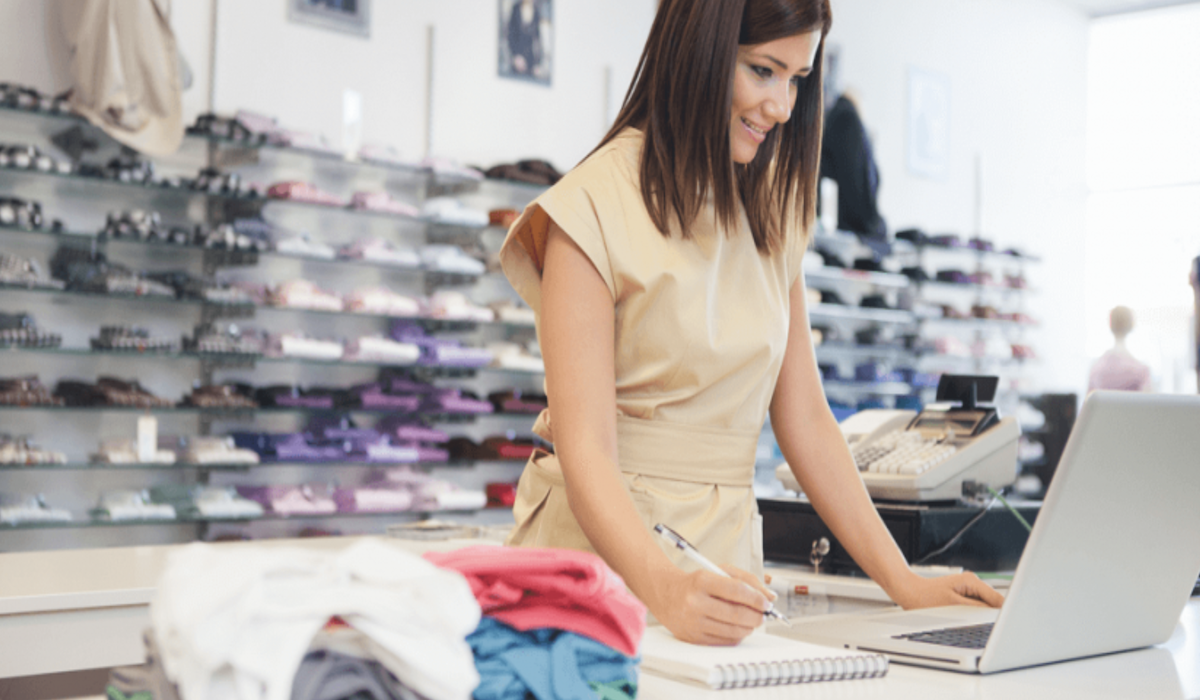
Advertising and product placement help ensure a retail experience that is beneficial to both the company and the consumer. Thinking about the location where an item is placed on the shelf is particularly important for stores where people enter, select their goods, and leave quickly. Examples of such businesses include grocery stores and liquor store shelves. Here are a few reasons why product placement is so important, and ways to ensure your company is getting the most out of the location of goods.
Table of Contents
Makes The Most of Retail Space
Square footage in a commercial or retail building is expensive, and wise product placement helps you get the most out of what space you have available to use. Well-known brands will pay more to have their items featured in prominent places, such as at eye-level on a shelf or at the checkout lane of a store. Customers will often purchase these familiar items over other goods, leading to a win-win for the brand and your business. It can also be beneficial for companies to feature local products in their stores. Consider connecting with a nearby producer of beer or wine and have a display in your retail establishment featuring their goods to help earn respect and trust in your local community. Endcap displays, or a display at the end of the aisle, can be a great way to feature a local or unique product.
One popular way to make the most of your retail space is to place essential items towards the back of the store. This way, customers have to walk past other items that they might not have thought about purchasing on their current shopping trip. Common items placed at the back include bread, milk, butter, and eggs. Also consider placing treats and non-essential impulse purchases near the front where customers first walk in, as they will be more likely to place them in their cart when it is still empty.
Another easy way to capitalize on the space you have is to place complementary items together, which is referred to as cross-selling. For example, place flour and cake mix near the cake pans and baking sheets; place loofah sponges near the body wash and gel; and place liquors such as vodka and tequila near juices and sodas. Like cross-selling, up-selling involves placing higher-priced items near the item a customer originally intended to purchase.
Cashes In On Impulse Purchases
The checkout aisle is one of the most sought-after locations for products in a store. This is because people will often pick up an item while waiting in line that they probably would not have thought about purchasing otherwise. Small, inexpensive items are usually best for placing at the front of the store near the checkout lanes, as customers generally will not think as long about whether they should purchase a cheap item versus a more expensive one. In grocery stores, items often presented at the checkout lane include candy bars, magazines, batteries, chewing gum, and small toiletries. In liquor or other alcohol stores, they might include small portions of liquor, snacks, and supplements touted to reduce hangover symptoms. An average shopper makes 3 impulse purchases in 40% of their retail establishment visits, so capitalize on this fact with your placement of impulse purchases.
Uses The Science Behind Vertical Placement
Vertical shelves in a store are divided into 4 zones:
- The stretch level, or the height where most people need to strain to look or reach an item. For safety reasons, it is suggested that only lightweight products be placed in this zone.
- The eye-level, or the coveted level where products typically receive 35% more attention than products at the other 3 levels.
- The touch level, where small children are more likely to see and engage with products. Common items sold at this level include breakfast cereals for children.
- Stoop level, where not only heavier items but lower-margin merchandise are placed. The reasoning behind this is that products are not in the field of vision for a person of average height at stoop level, and it takes extra effort to stoop down and retrieve an item from the bottom shelf.
Eye-level is the premium location for products regardless of price, brand, and other factors. If your business wants to sell more of an item, remember that “eye-level is buy-level” and consider placing it at this location on the shelf provided it is not an overly heavy item.
Utilizes The Layout of The Store
There are a variety of layouts for retail spaces, each with its own pros and cons. Common layouts include grid, free-flow, angular, loop, and herringbone. Most of these layouts include a decompression zone at the front of the store. This is a transition space where customers get used to the feel of the store and usually includes the first 5 or so feet of the store. Avoid placing new or high-demand items in this space, as they will likely be overlooked by the customer. When thinking about product placement, keep in mind that most people turn right upon entering a store, so consider placing high-margin items to the right of the decompression zone.
The next time you visit a supermarket or liquor store, notice whether the less expensive brands of wine and liquor are housed on the lower shelves and which items are placed near the checkout for impulse purchases. Consider using the practice of vertical placement along with other marketing techniques in your business.